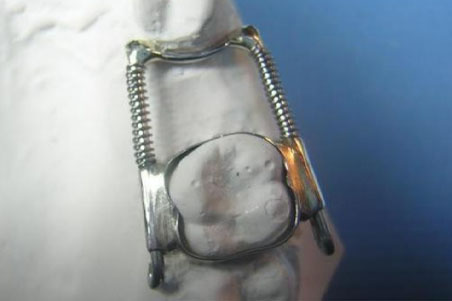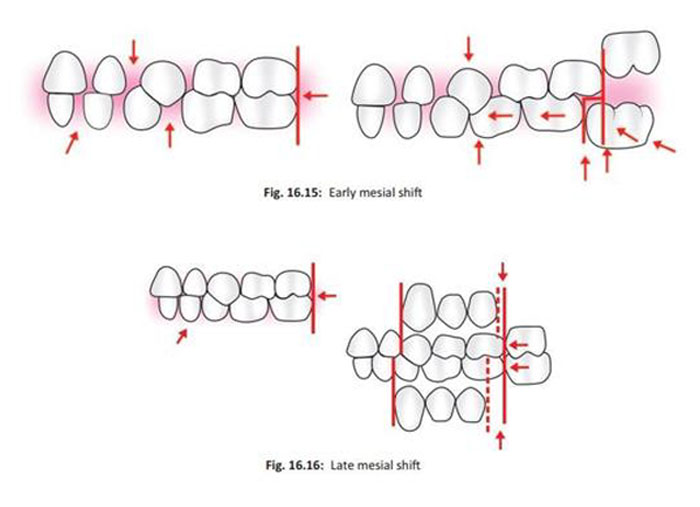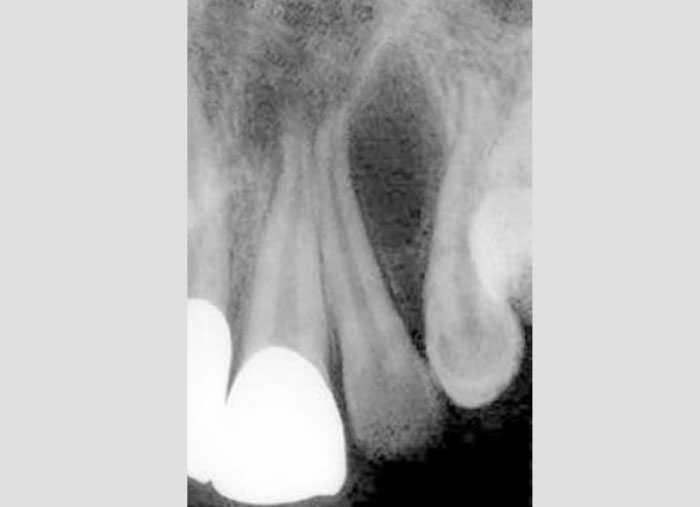- NEED HELP? CALL US NOW
- +919995411505
- [email protected]
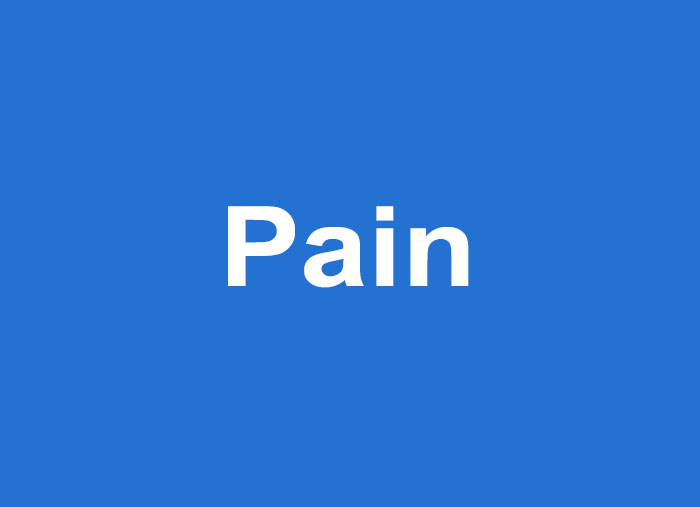
An unpleasant sensory and emotional experience associated with, or resembling that associated with, actual or potential tissue damage.
The sensation of pain involves communication between your nerves, spinal cord, and brain. There are different types of pain, depending on the underlying cause.
Acute pain
- Acute pain is short-term pain that comes on suddenly and has a specific cause, usually tissue injury. Generally, it lasts for fewer than six months and goes away once the underlying cause is treated.
- Acute pain tends to start out sharp or intense before gradually improving.
- Common causes of acute pain include:
- Broken bones
- Surgery
- Dental work
- Labor and childbirth
- Cuts
- Burns
Chronic Pain
- Chronic pain is pain that has lasted for over six months and is frequently felt.
- It can also persist for years and ranges from mild to severe on any particular day.
- Chronic pain is often a result of health conditions such as
- Diabetes
- Fibromyalgia
- Circulation problems,
- Back pain, and headache.
- Without proper medication, chronic pain can affect one’s quality of life, at times even leading to depression or anxiety.
When chronic pain is classified according to pathophysiology, three types have been described by the International Association for the Study of Pain (IASP):
- Nociceptive pain: caused by stimulation of pain receptors
- Neuropathic pain: caused by damage to the peripheral or central nervous system
- Psychogenic pain: caused or exacerbated by psychiatric disorders
Neuropathic Pain
- Neuropathic pain is a type of chronic pain that is a result of tissue injury or nerve damage.
- Instead of a physical injury, neuropathy is caused by damage to the nerves themselves.
- The damaged nerve fibers change the nerve function and send incorrect signals to the brain.
- Neuropathic pain is clinically described as a burning, dysesthetic, squeezing sensation with paroxysms of shock-like pain.
- Neuropathic pain is caused by:
- Infections
- Accidents
- Disease
- Carpal Tunnel Syndrome
- Surgery
- Arthritis
- Parkinson’s Disease
- Facial Nerve Problems
- Complex Regional Pain Syndrome
Management of neuropathic pain is by
- Analgesics.
- Antidepressant medication.
- Transcutaneous electrical nerve stimulation (TENS).
- Physiotherapy.
- Relaxation techniques.
- Psychological support.
Nociceptive Pain
- Is caused by activation or sensitization of peripheral nociceptors in the skin, cornea, mucosa, muscles, joints, bladder, gut, digestive tract, and a variety of internal organs.
- Nociceptors differ from mechanoreceptors, which sense touch and pressure, in that they are responsible for signaling potential damage to the body.
- Nociceptors have a high threshold for activation and increase their output as the stimulus increases.
- Occurs in the organs and tissues of the body. Something in the body is disturbed, which is reported to the brain by body nociceptors (sensory pain receptors) for adjustment or to get further help.
- Nociceptive pain is caused by an injury, inflammation of a body part, or by physical pressure. This type of pain can be divided further into two categories, depending on where the pain originates.
- The pain can cause physical damage or mechanical damage to parts of the body.
- The nociceptors can also detect thermal and chemical pain, caused by toxic or hazardous chemicals and extreme temperatures.
- There are two types of nociceptive pain: somatic pain and visceral pain.
- Treatment of nociceptive pain is provided to the underlying source of the pain. This might involve movement, medications, physical therapy, electrical stimulation, nerve blocks, acupuncture, yoga, or surgery. Often, the pain reduces as the area heals with the resolution of the underlying issue.
Psychogenic pain
- It is defined as pain that persists despite the lack of any identified underlying physical cause.
- Although still commonly used, the term psychogenic pain it is no longer considered an official diagnostic term.
- A more correct diagnostic term is persistent somatoform pain disorder (PSPD)
Malignant pain
It is pain caused by the individual having some kind of malignancy (cancer).
Pain in those with cancer can be caused by:
- Pressure from the tumour pressing on bones, nerves or organs of the body.
- Chemicals from the tumour or the treatments causing nerve changes.
- Some chemotherapy drugs which can cause burning or shooting sensations.
- Radiotherapy which can cause skin irritation and redness.
Types of pain those who have cancer may experience are:
| Nerve pain | Bone pain | Soft tissue pain | Phantom pain | Referred pain |
|---|---|---|---|---|
| Also known as neuropathic pain. Often feels like a burning, shooting or tingling pain. | Often will feel dull, throbbing or achy. | Often more general pain caused potentially by damage nearby. This can be sharp, cramping, achy or throbbing in nature. | Occur if an individual has had a part of their body removed. The individual will complain of feeling pain in the part of the body which is no longer there. | Occurs when another organ causes pain in a different part of the body. |
Anatomy of the Pain Pathway
Transduction: Conversion of a noxious stimulin(chemical, mechanical, or thermal) into electrical energy.
Transmission: Electrical stimulus is sent to the dorsal horn of the spinal cord and synapse at the 2nd order neuron.
Modulation: Inhibition vs amplification of signal (facilitated by EAA).
Perception: Conscious awareness of pain as a culmination of previous processes in the context of the individuals experiences.
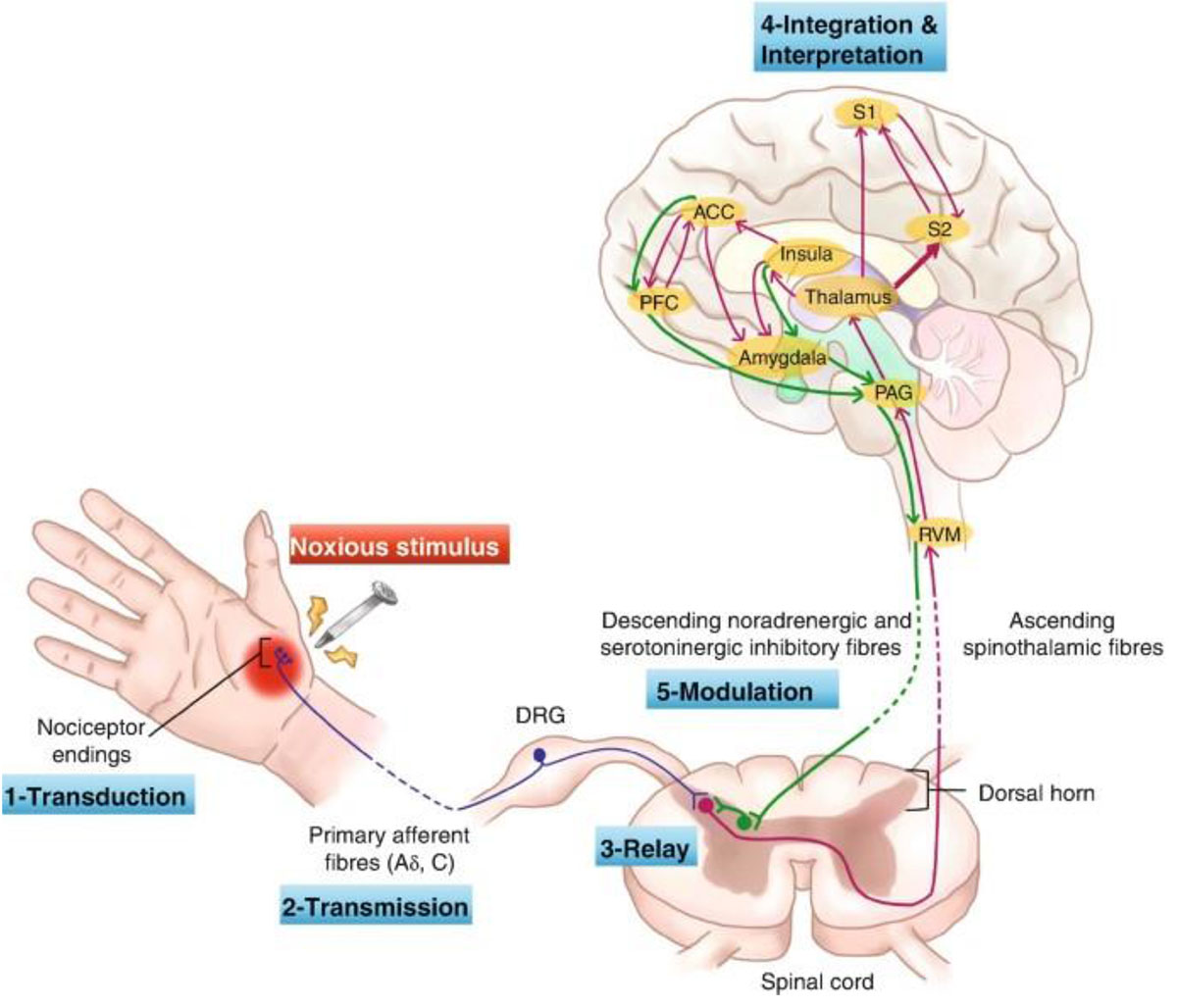
Pathophysiology of pain
Pain is transmitted by primary afferents, which have their cell bodies in the dorsal root ganglion (DRG).
- They terminate in the dorsal horn of the spinal cord.
- The dorsal horn cells are divided into specific regions or laminae called Rexed’s laminae with lamina I being the most superficial.
| Type | Aδ-fibres | C fibres | Aβ-fibres |
|---|---|---|---|
| Type of conduction | Fast conducting and transmit the first sharp pain on initial stimulation | Unmyelinated slow conducting fibres which transmit a less well localised persistent aching pain | Conduct low intensity mechanical stimuli which convey touch and not pain |
| Terminate at | They terminate mainly in lamina I, but also send some fibres to lamina V of the dorsal horn where they synapse with second order neurones | They terminate in lamina II of the dorsal horn. | They terminate deeper in the dorsal horn in laminae III-VI. |
| Function | Low threshold mechano and thermoreceptors | High threshold thermal, mechano, and chemical Receptors | Low threshold mechanoreceptors |


